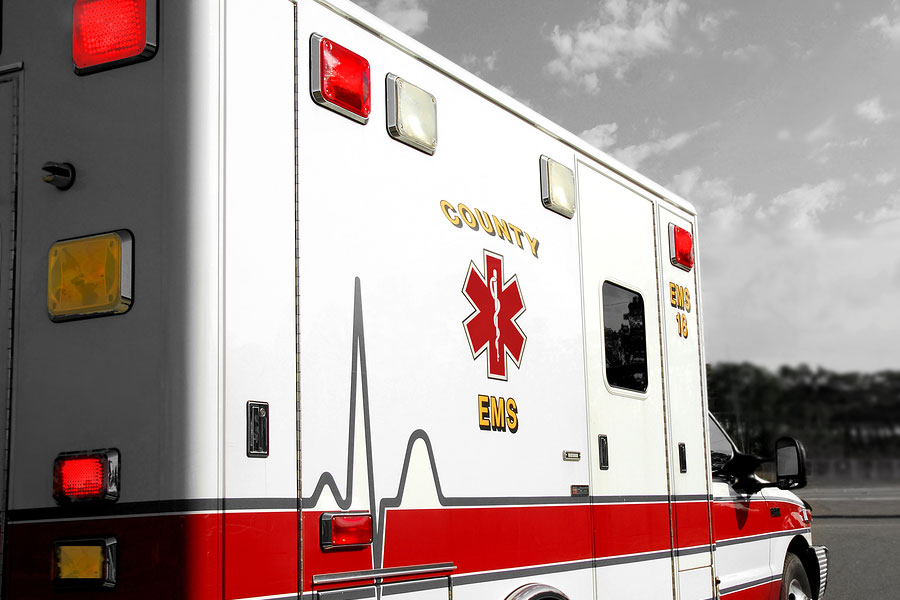When you hear or see the term “First Responder,” what does it mean? The truth is that this is a broad term, and the definition might change depending on where you live. But these professionals provide a vital service to people who need immediate care.
First Responder and Addressing Medical Emergencies
Contrary to popular belief, not all first responders will arrive in an ambulance. Unlike firefighters or law enforcement, where the first person on the scene of a call needs to be able to address the situation, medical emergencies are a bit different. These are approached in two phases:
- First, a first responder is tasked with stopping the problem from progressing further.
- Second, the goal is to transport the patient to the appropriate care center (hospital ER, nearest trauma center, burn center, regional cardiac center, etc.)
An ambulance might be necessary to perform the second step, but the first can begin before transportation arrives. First responders do this job, and they are generally the professionals that arrive on the scene ahead of the ambulance. Commonly, first responders are firefighters, but they might also be paramedics that arrive in a Quick Response Vehicle (QRV), on foot, or via bicycle. Law enforcement can also serve as first responders in some cases.
Why Response Time is Important
When it comes to providing emergency services, whether it be fire, police protection, or EMS, response time is critical. One of the reasons for this is that any urgent situation can quickly escalate without proper intervention. Firefighters can put out a fire or rescue trapped victims, law enforcement can stop a dangerous criminal from harming others, and EMS can often minimize medical emergencies or prevent death.
The public also expects an emergency services provider to get there quickly. Everyone is familiar with fire trucks, police cars, and ambulances rushing through town with lights and sirens blaring. While the expectation is there, it’s interesting that no studies are able to tie positive patient outcomes to faster ambulance response rates.
Of course, municipalities and hospitals should still have a goal of fast response times. But, the first person on the scene doesn’t necessarily have to be an ambulance.
Should First Responders Be Paramedics or EMTs?
There has been a long-running debate concerning whether the best approach is to have EMTs or paramedics as first responders. First responders classified as Advanced Life Support (ALS) will have a paramedic on board, and first responders classified as Basic Life Support (BLS) will have an EMT on board. Employers will pay more for the first option.
But, a BLS with an EMT can perform many of the procedures that are common at the outset of a medical emergency. These include bleeding control, CPR, defibrillation, positive pressure ventilation, and epinephrine administration. Once a patient’s condition is under control, or the progression of the emergency has been stabilized, the patient can receive additional treatment from paramedics or medical center personnel.
MedTrust Improves Patient Outcomes Through Excellence in Mobile Healthcare
MedTrust is one of the fastest-growing ambulance companies in the Southeast. We have built a strong system in South Carolina, Georgia, and North Florida based on dedicated service to hospitals and health systems. Contact us today to learn more about our services and open positions.

